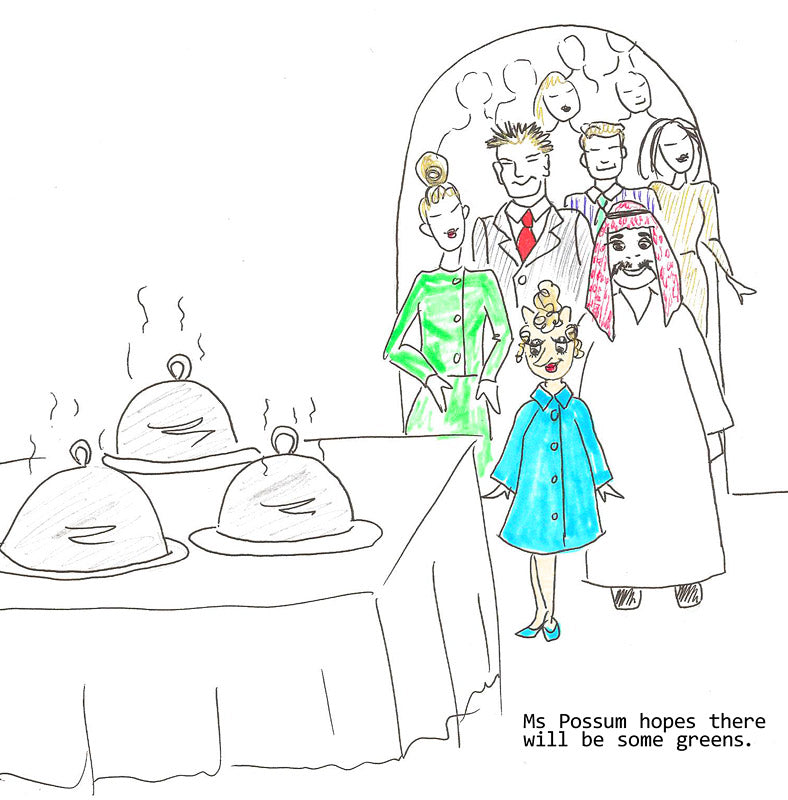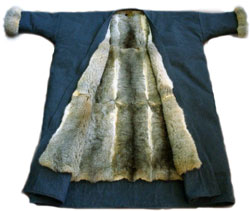- Applies to any value of website order
- Deliveries will be from early July 2025
- Order now to be 1st in the queue
The 1080 Poison Debate
Opponents of 1080 poison have always argued that it not only kills the Possums, but other species as well.
According to the New Zealand Environmental Risk Agency, the benefits are greater than the risks. Conservation Minister Steve Chadwick said
We know that there is some impact on other species, but the major threat to most New Zealand wildlife is from predators, such as possums, stoats and rats.
It appears anti-1080 lobby groups fears are being realised. Following a recent 1080 drop on the West Coast, seven Kea parrots died. A protected species, there are fewer than five thousand Kea’s left in the wild. There have also been recent reports of farmed Deer and domestic animals being poisoned.
1080 poison (or Sodium monofluoroacetate) is dropped in pellet form into New Zealand’s rugged backcountry to control the spread of pests. It works by stopping animals from producing energy from food. They then die from heart or respiratory failure.
Whilst the Department of Conservation (DOC) have always defended the use of 1080, there is concern internally. A recent report published in some New Zealand newspapers said:
Aerial 1080 may well be a significant threat to the kea population with some drops probably devastating.
There has been recent concern of the actions of 1080 protestors with an animal control officer’s dog being poisoned and 1080 poison being sent to some government agencies.
This is an issue that seems to stir up a lot of emotion – on both sides of the coin.
Many are concerned that the indiscriminate aerial drops of 1080 pose a major threat to our endemic fauna, not to mention the potential for poisoning the water supply and threatening our ‘clean green’ image.




